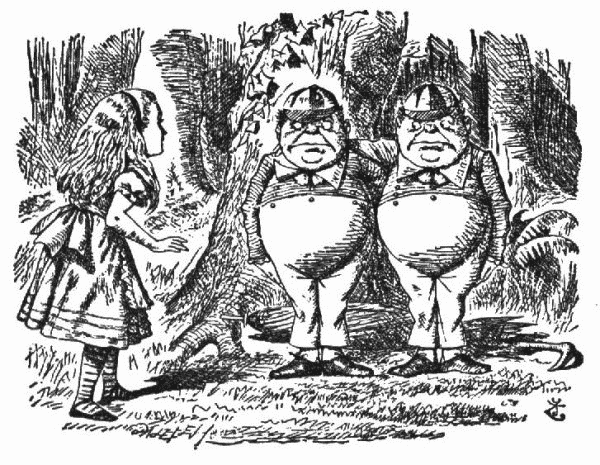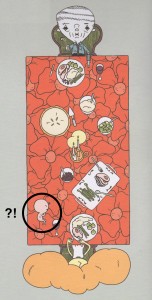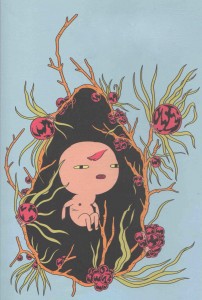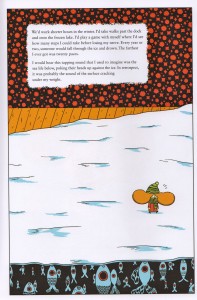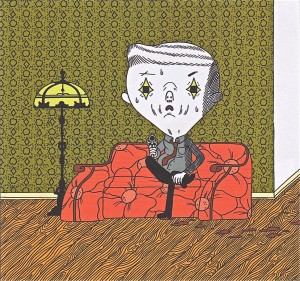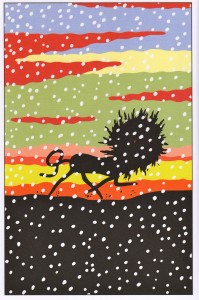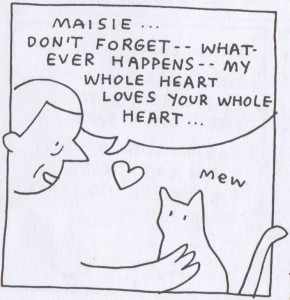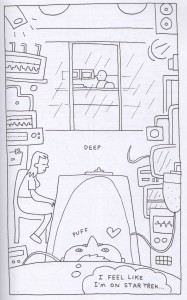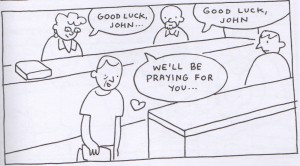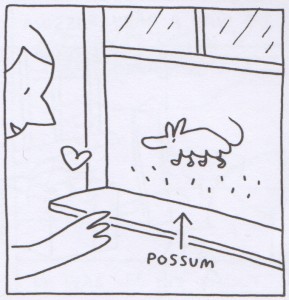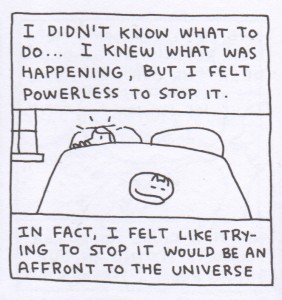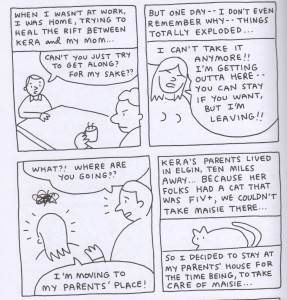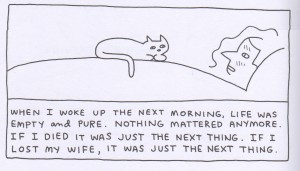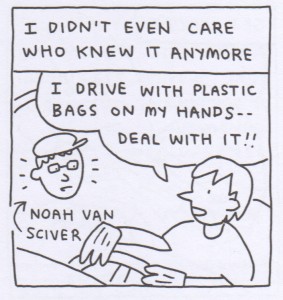This is part of a Blog Carnival organized by Women Write About Comics.The entire round table on Censure vs. Censor is here
__________
Cold open on the Oxford English Dictionary: two words that kinda sorta look alike. Part of me wants to drop them at the top like a 10th-grade English essay. I could ask a whole high school to write about the difference between censor and censure and see nothing half so stupid as the conflation of the two we see in comics discourse today. You’d think the solution would be so simple as to point out the mistake—to say this isn’t that. What I’ve come to understand over the last year or so is that trying to talk to people about freedom of speech in comics is like trying to reason with your drunk uncle about racism: appeals to logic simply aren’t going to work.
‘I know what you’re thinking about,’ said Tweedledum: ‘but it isn’t so, nohow.’ ‘Contrariwise,’ continued Tweedledee, ‘if it was so, it might be; and if it were so, it would be; but as it isn’t it ain’t. That’s logic.’
The last person here at HU who explicitly addressed the difference between censure and censorship was Jacob Canfield, who pointed to an inversion of logic: people defended Charlie Hebdo’s right to free speech by (falsely, absurdly) deriding its critics as proponents of censorship and even murder. The post went viral in mainstream media, garnering Jacob a lot of racist blowback—not just from people who disagreed with his ideas about racism, but also from racists who disapproved of him personally. One of the most amazing “critiques” he received along these lines was from a right-wing troll with a super silly avatar: a Bulbasaur with a Confederate flag superimposed on its face.
“The meat of the article was focused on the disgustingness of me as a not-quite-white-person,” Jacob wrote. “It was funny to read the stereotypical ‘get out of my country’ shit directed at me, coming from Confederate Bulbasaur.”
Man oh man. Months later, Confederate Bulbasaur is *still* cracking me up. Much like this guy I wrote about at Comics & Cola, he has made my Internet a happier place. Now all racist commenters, including outspoken atheist Patton Oswalt, are Confederate Bulbasaur to me. Jacob’s anecdote resonates because writing about racism and sexism on the Internet can be as funny and absurd as it is depressing. Confederate Bulbasaur is emblematic of the particular maddening and comical experience that is writing about those issues in comics. A rich symbol, he also represents futility. There’s really no use in arguing with a guy like that; if he can’t see what makes him ridiculous, there’s no way that anyone is going to be able to explain it to him.
In lieu of definitions, let me tell you something that might not be immediately obvious given how many people keep quacking about it: Censorship in American comics is a dead moral question. Yes, yes, I know CBLDF is out there fighting the good fight against conservatives who want to ban books from libraries and so forth, and kudos to them for that important work. I’m not talking about anything that involves the actual law. I’m talking about the fact that no one speaking from within comics today is a proponent of censorship, de facto or otherwise; it is unanimously decried by all of us. The pro-censorship side of the argument simply does not exist.
And yet, censorship is an accusation frequently hurled at “politically correct” liberal-leaning members of the comics community. The accusers are, like, Tinfoil Hat Bulbasaur, sometimes even using words like self-censorship and thought police to describe what most of us would call a conscience. We’re through the looking glass, where the people with the most power and the loudest voices are the ones who worry most about being silenced. Potent industry figures like Gary Groth are waging an imaginary war against opponents (“opponents”) who have no actual interest in stripping artists of their freedom of speech. So let me say it once, loud and clear for all the turkeys in the back: Expressing an opinion—even a harsh one—is not equivalent to arguing for censorship. It’s not even close.
So why does a dead moral question carry so much weight in comics discourse today? First and foremost, cries of “Censorship!” are an effective way to quell uncomfortable conversations about sexist racist garbage comics. (Anti-censorship is an easy position to defend because it doesn’t need defending; everyone already agrees with it. If someone were to explicitly defend bigotry, well, that’s a tougher sell.) This agenda dovetails nicely with the values of people for whom the most real and salient moment in comics history is not now, but decades ago, in the underground’s resistance to the Comics Code Authority. And finally there’s the lived experience of older white men (and, occasionally, older white women), who are so accustomed to speaking freely, and so unaccustomed to having people challenge their views, that they’re fundamentally incapable of understanding the difference between being forcibly silenced and being called an asshole.
Here at HU, I sometimes write about people when they act like assholes, not out of personal animosity, or even hope that I’ll change their minds, but because the live issues I perceive in comics discourse pertain to forms of silence other than censorship. Some are borne of power differentials I can name, like the phenomenon of punching down, or refusing to listen. Some stem from cowardice, like the unnatural quiet that descends across prominent platforms when someone important behaves badly. Many others are more difficult to articulate. How can I effectively describe the silence of someone who’s been rendered mute by anger or frustration? Or the silence of people who are just too tired of this stuff to bother speaking up? What is the word for the kind of silence that comes from disgust, or out of the fear of being treated poorly?
By definition, silence is not something I can present to you as evidence, but these people are not hypothetical; they’re real, and they are effectively rendered invisible. Their voices are profound in their lack. Some are lost and some are lurking and some are just plain gone. Some never even existed, quelled before they could be found. Some are mermaids, singing each to each in the vast and mysterious ocean that is Tumblr. Obviously I can’t speak on behalf of these missing persons. I find it hard to even speak about them since they’re so abstract. Instead I focus on my anger, which is huge, and the comedy of it all, which is not inconsiderable. I write about the voices I hear and the things I see, and I’m blown away by how much of it is total fucking nonsense.
Censorship, though—for this we have a word with a meaning. Look it up and write it in your notebooks, friends, because its constant misuse has real-world ramifications. From comics to comedy to videogames, people who invoke this dead moral question to demonize political correctness are either straight-up stupid, or acting in service of something else (usually nostalgia, fandom, white male supremacy, or some combination thereof). No one in American comics today—no creator, no fan, no publisher, no marketer, or critic—is actually arguing about censorship. The next time you see someone sling that word around, ask yourself what, in fact, he or she is fighting for.

